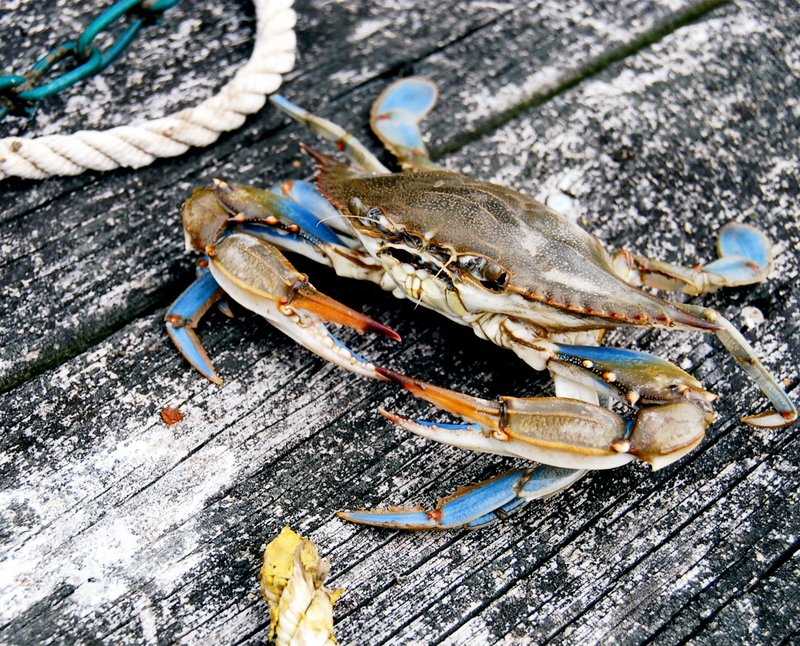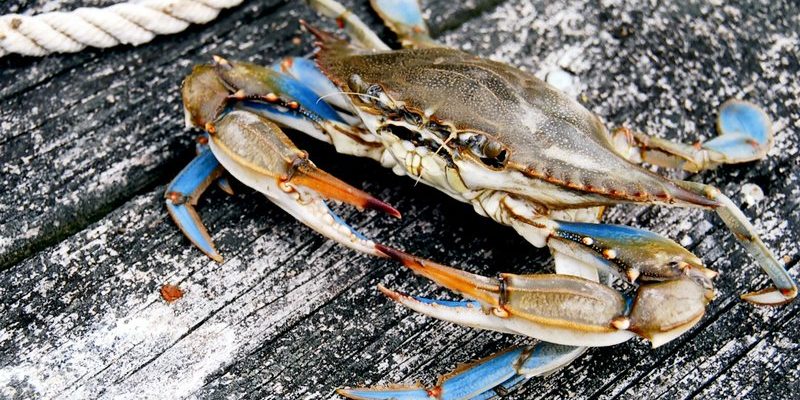
Think of blue crabs like the canaries in the coal mine for marine health. Their well-being gives us vital clues about the state of our oceans. As climate change, overfishing, and habitat loss increasingly threaten them, it’s essential to keep tabs on their status and what’s being done to help. So let’s dive in and explore the latest conservation updates for blue crabs, what challenges they face, and why this matters not just for them, but for our ecosystems as well.
Understanding Blue Crab Populations
To get a clearer picture, let’s start with some basics about blue crabs. Known scientifically as *Callinectes sapidus*, these crabs are abundant along the Atlantic coast, especially in estuaries and coastal bays. They’re recognizable by their striking blue claws and olive-green shells. But what’s really fascinating about them is their lifecycle.
Blue crabs undergo multiple molts throughout their lives, growing larger each time. They can live up to three years and are a vital food source for many animals, including fish, birds, and even humans. However, their populations fluctuate based on environmental conditions. Factors like temperature, salinity, and even salinity can impact breeding success. So, when the environment shifts due to climate change, it creates ripples throughout their lifecycle.
You might be wondering, what’s the current status of blue crab populations? While they aren’t classified as endangered at the moment, certain regions report population declines. This makes monitoring their numbers crucial, as significant drops could indicate broader environmental problems.
Major Threats to Blue Crabs
Blue crabs face several serious threats, and understanding these can help us grasp why conservation efforts are so important. One of the biggest challenges is overfishing. With blue crabs being a popular seafood choice, many fisheries have harvested them at unsustainable rates. When too many crabs are caught, it reduces their population and affects the entire marine food web.
Another threat comes from habitat loss. Coastal development, pollution, and climate change have all contributed to the degradation of estuaries and wetlands where blue crabs thrive. These habitats are critical for breeding and providing shelter for young crabs. When these ecosystems are compromised, it can have dire consequences for crab populations.
Lastly, climate change is like a double whammy. Rising ocean temperatures can disrupt the delicate balance of marine ecosystems. Warmer waters may lead to more disease and affect the timing of crab reproduction cycles. Plus, the increased frequency of severe weather events can further impact their habitats, making it all the more important to pay attention to these changes.
Current Conservation Efforts
Fortunately, conservation efforts are underway to help protect blue crab populations. Various organizations and government bodies are collaborating to monitor their numbers and habitats. For example, the Chesapeake Bay Program is a notable initiative that aims to improve water quality and habitat conditions in the bay, a crucial area for blue crabs.
Fishing regulations also play a significant role in conservation. Many states have implemented seasonal closures or size limits to ensure that crabs have a chance to reproduce before being caught. These regulations are designed to maintain a sustainable population, allowing blue crabs to thrive for years to come.
Moreover, public awareness campaigns are essential. The more people know about blue crabs and the challenges they face, the more likely they are to support conservation initiatives. Educating fishermen, restaurant owners, and consumers about sustainable fishing practices can help create a more balanced ecosystem.
The Role of Citizen Science in Conservation
Citizen science is becoming increasingly important in blue crab conservation. This grassroots effort allows regular folks to contribute to scientific research and monitoring. For instance, by participating in local crab count programs or reporting sightings, individuals can help scientists track blue crab populations.
One great example is the Maryland Blue Crab Survey, where volunteers gather data on crab populations and their habitats. This information helps researchers understand trends and factors affecting blue crab health. By engaging communities in these efforts, we not only gather important data but also foster a sense of stewardship for our natural resources.
You might be thinking, “How can I get involved?” Many coastal communities offer programs for citizens to participate in monitoring and conservation activities. It’s a rewarding way to connect with nature while helping to protect these amazing creatures.
How Blue Crab Conservation Affects Other Species
You might not realize it, but the conservation of blue crabs goes beyond just their own species. They are an integral part of the marine food web. Many animals, including larger fish, birds, and other marine life, rely on blue crabs as a food source. When blue crab populations decline, it can lead to a domino effect, impacting those who depend on them for survival.
Additionally, healthy blue crab populations can indicate a well-balanced ecosystem. In other words, if blue crabs are thriving, it’s a good sign that their habitats are healthy and functioning properly. This makes blue crabs a kind of indicator species, helping us understand the overall health of marine environments.
When we invest in blue crab conservation, we’re not just protecting one species; we’re safeguarding an entire ecosystem. This interconnectedness in nature is crucial to maintaining biodiversity and ensuring that our oceans remain vibrant for future generations.
What You Can Do to Help Blue Crabs
You might be wondering how you can make a difference in blue crab conservation efforts. Here are a few simple actions you can take:
- Choose sustainably caught seafood: Look for certifications like the Marine Stewardship Council (MSC) when purchasing crab products.
- Participate in local conservation efforts: Join beach clean-ups or community science programs that focus on marine life.
- Educate others: Share what you learn about blue crabs and their importance with friends and family.
- Support organizations: Contribute to or volunteer with wildlife organizations working to protect marine ecosystems.
Little steps can lead to big changes. By being mindful of our choices, we can all play a part in conserving blue crabs and ensuring their populations thrive.
Looking Ahead: The Future of Blue Crabs
The future of blue crabs and their habitats depends on our collective efforts today. While challenges remain, ongoing research, sustainable practices, and community involvement signal hope. As we continue to learn more about these remarkable creatures, we can adapt our conservation strategies to better protect them.
Ultimately, keeping blue crab populations healthy is vital not just for the species itself but for the stability of our entire marine environment. By staying informed and engaged, we can help ensure that future generations enjoy the beauty and bounty of our oceans.
In conclusion, while blue crabs may not currently be endangered, they face pressing challenges that require our attention. Every action counts, and by working together, we can help safeguard this important species for years to come. Let’s commit to being stewards of our oceans and champions for blue crabs!

